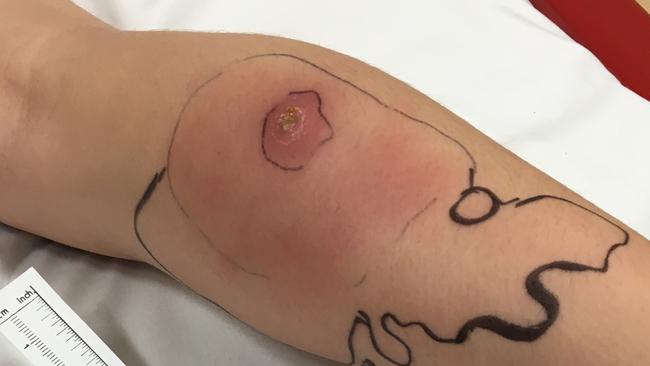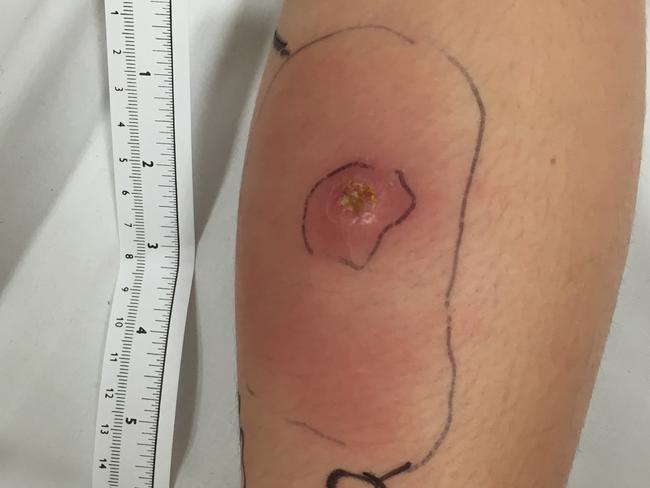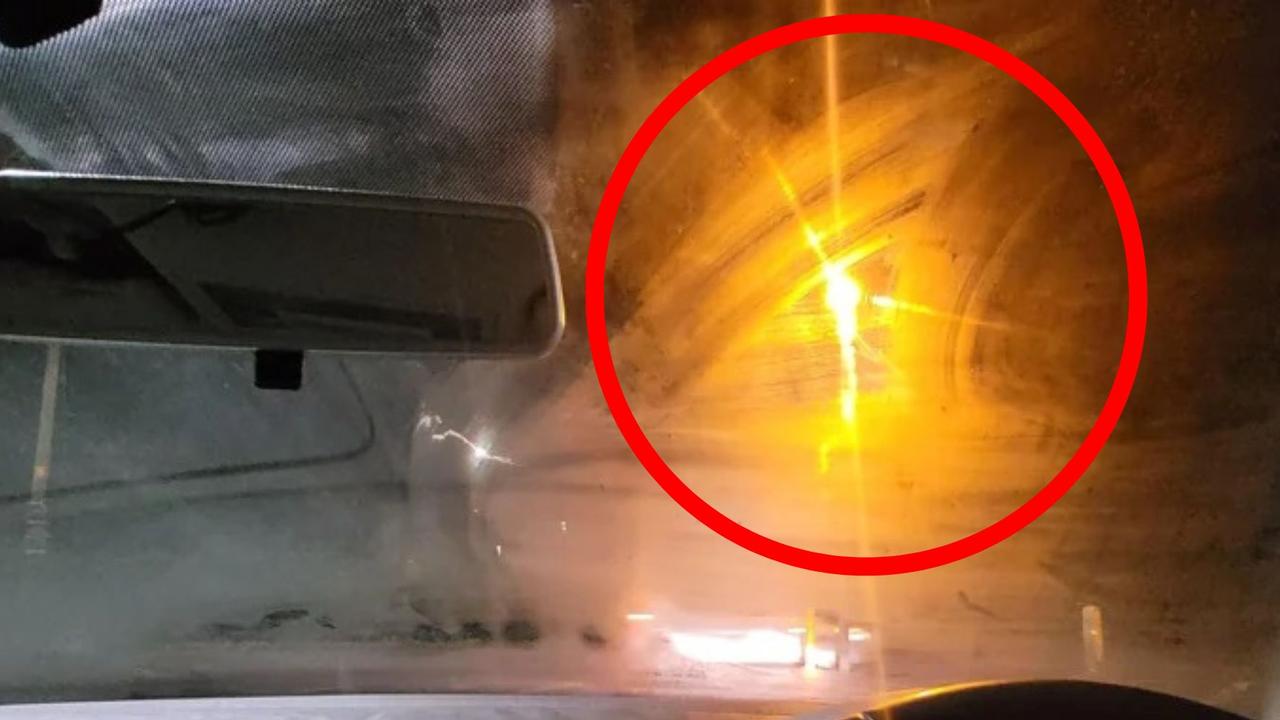‘I hate seeing my daughter go through this’
AN Australian mother has spoken of the harrowing experience of seeing her seven-year-old daughter struck by a flesh-eating ulcer.

PLAYING in the backyard of a family house and going to the beach are two normal activities children do when at home or on holiday.
But for one family, these simple activities started a long, painful journey for their seven-year-old daughter Mia.
The Spilman family, who have holiday houses in Victoria’s Mornington Peninsula, have been taking frequent trips there since Christmas last year.
But in late April, Amalia Spilman noticed a small spot on her daughter’s leg resembling a mosquito bite.
“I didn’t think anything of it,” Mrs Spilman said.
But then it got worse. A huge redness spread over her little girl’s leg and she knew it was not just a mozzie bite.
What it turned out to be was the Buruli ulcer, a flesh-eating disease that can lead to gangrene if left untreated, resulting in amputation in extreme cases. It most commonly affects exposed skin areas such as arms and legs.
Doctors explained to Mrs Spilman that the ulcer is like an iceberg: it appears small on the surface but underneath the skin, it’s much larger.
The ulcer has hit record levels in Victoria with 45 cases reported this year. The disease has spread to inner Melbourne suburbs such as Bentleigh, Hampton and Cheltenham.
Mia ended up in Melbourne’s Royal Children’s hospital about a week later where she was put on a drip of “horrific antibiotics, which only fixed [the ulcer] to an extent”, the Diamond Creek mother explained.
But this wasn’t before she had already visited a GP and was incorrectly given a prescription of oral antibiotics.

Although Mia was on antibiotics in hospital, doctors were still baffled and couldn’t diagnose her correctly.
It wasn’t until after Mrs Spilman took her daughter to get an ultrasound that they were asked the pivotal question: had they been in the Mornington Peninsula in the past six months?
The Buruli ulcer has most recently been detected in the Mornington and Bellarine Peninsulas but it was first recorded in Bairnsdale, Victoria in the 1930s.
Doctors explained to Mrs Spilman it was likely the disease was in Mia’s body for a while but had remained dormant until the little “bite” had appeared.
“I hate seeing my daughter go through this,” Mrs Spilman said. “It’s been heartbreaking to see her in pain and discomfort and have no answers for so long. Finally we know what it is and we can treat it.”
It’s believed the ulcer, also known as the Bairnsdale ulcer, can be contracted by contact with bodies of water, mosquitoes and even possums. However the exact mode of transmission remains unknown to researchers.
When identified early, the ulcer can be successfully treated with antibiotics and will appear as a small pimple once the incubation period is over.
Since contracting the ulcer, Mia has been in and out of hospital and has missed two and a half weeks of school.
Victoria is the only non-tropical locale that has recorded cases of the Buruli ulcer.
Mrs Spilman is hoping the ulcer will go away after the course of antibiotics but it’s never certain, even after surgery, that it won’t reoccur.



